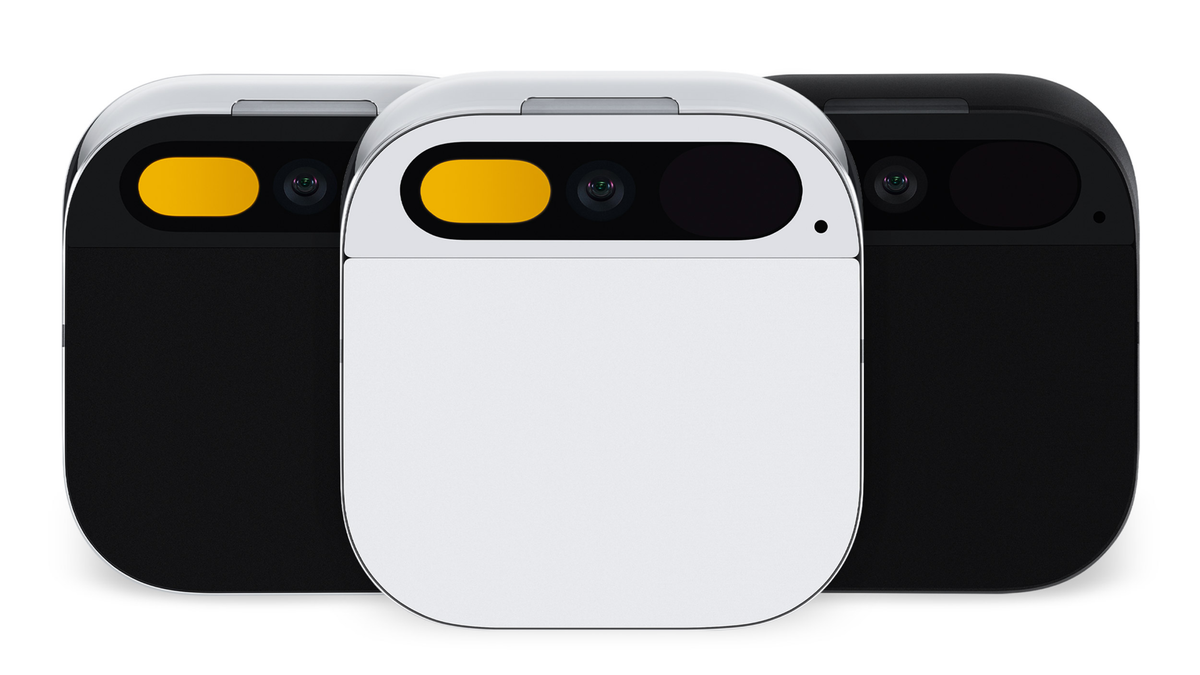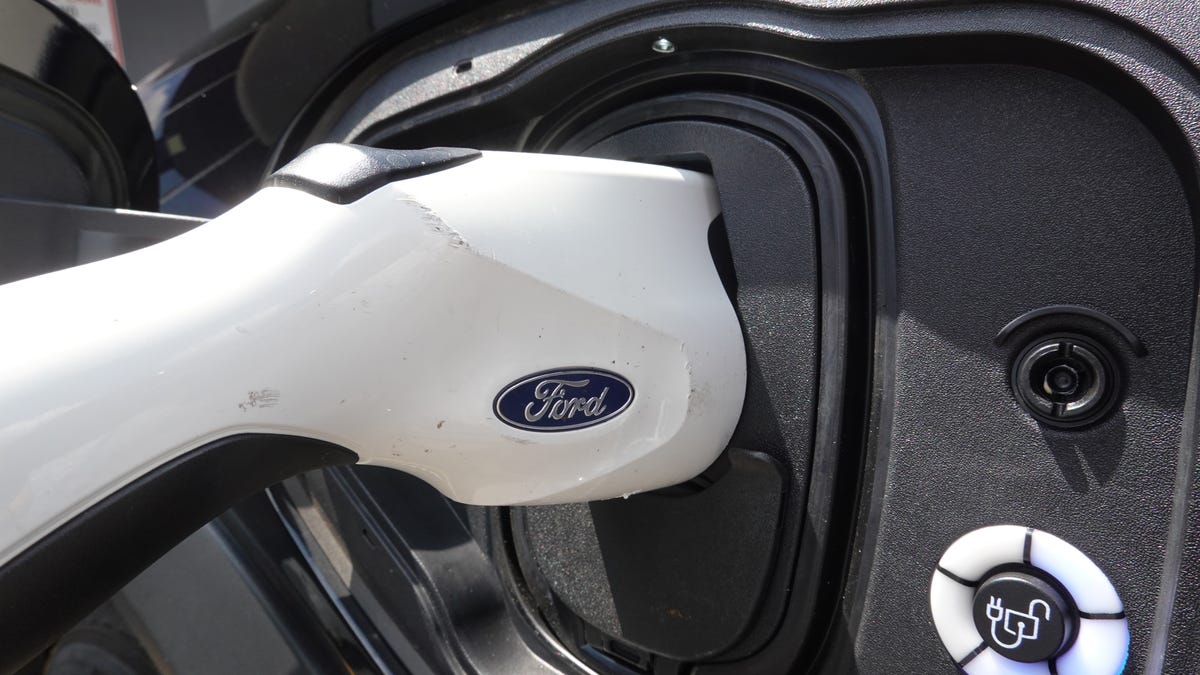Analysis of the Humane AI Pin Launch
The recent release of the Humane AI Pin has stirred up a divisive response from consumers and critics alike. Reviews of the device, which has been on the market for a few days, have been lukewarm at best. Many users have reported issues with the device’s performance, citing bugs, sluggishness, and a lack of expected features for a product that claims to be a personal assistant or a “second brain.” This raises questions about the practicality and functionality of the device in the current technological landscape.
Bitcoin Speculation and AI Technology
As we ponder the impact of innovations like the Humane AI Pin on our daily lives, it is essential to consider the broader implications of artificial intelligence technology. While the capabilities of similar AI devices such as the Rabbit R1 are yet to be fully realized, the buzz surrounding the AI Pin and its team of former Apple developers signals a potential shift towards a screenless future. The prospect of a society reliant on wearable technology like AI-powered pins and smart glasses raises intriguing questions about the evolution of human-machine interaction.
Pricing and Additional Costs
Despite its innovative features, the Humane AI Pin comes with a hefty price tag. The base model, Eclipse, is priced at $699, with additional Lunar and Equinox versions available at higher costs. In addition to the initial purchase price, users are required to pay for a T-Mobile data plan at $24 per month, which includes cloud storage and a personal phone number. International roaming charges further add to the overall cost of ownership, making it essential for prospective buyers to assess the availability and quality of T-Mobile service in their area before making a purchase.
Furthermore, music enthusiasts will need a Tidal subscription to access music services through the AI Pin, as it is the exclusive music partner for the device. While these additional costs contribute to a comprehensive user experience, they also factor into the overall affordability and accessibility of the device for the average consumer.
User Interface and Control Mechanisms
The AI Pin offers a unique interface that combines touch, voice commands, and a projection display for user interaction. With no traditional screen, users must adapt to new methods of input and navigation, relying on gestures and audio cues to access device functionalities. While the device’s hands-free design promises convenience, some users may find the absence of a visual interface challenging, particularly when handling complex tasks or settings.
The projection display, known as the “Laser Ink Display,” projects information onto the user’s palm in a high-resolution format. However, limitations in visibility, especially in bright sunlight, may hinder outdoor usability. The device’s gesture-based controls and home screen layout aim to streamline user interactions, allowing intuitive navigation through essential features such as weather updates, messaging, music playback, and call management.
Functionality and Performance Evaluation
Although the Humane AI Pin offers a range of capabilities such as text messaging, calling, note-taking, and media capture, its performance falls short of seamless user experiences. The device’s current limitations, including the inability to set reminders, schedule alerts, or access calendar events, highlight areas for improvement in future software updates. Users have reported delays in processing requests, inaccuracies in AI responses, and occasional misinterpretation of visual cues, raising concerns about the device’s overall reliability.
Humane’s roadmap for upcoming features indicates ongoing development efforts to enhance functionality, including photo sharing, playlist support, location-based services, and voice translations. Addressing the device’s speed, accuracy, and cloud processing capabilities remains a priority for the company, as it seeks to refine the AI Pin’s performance and responsiveness.
In conclusion, the debut of the Humane AI Pin heralds a new era of wearable AI technology, inviting users to explore the possibilities of hands-free computing and personalized assistance. While the device presents innovative solutions to everyday tasks, its current shortcomings underscore the evolving nature of AI integration and the ongoing quest for seamless human-machine interaction.
Image/Photo credit: source url





